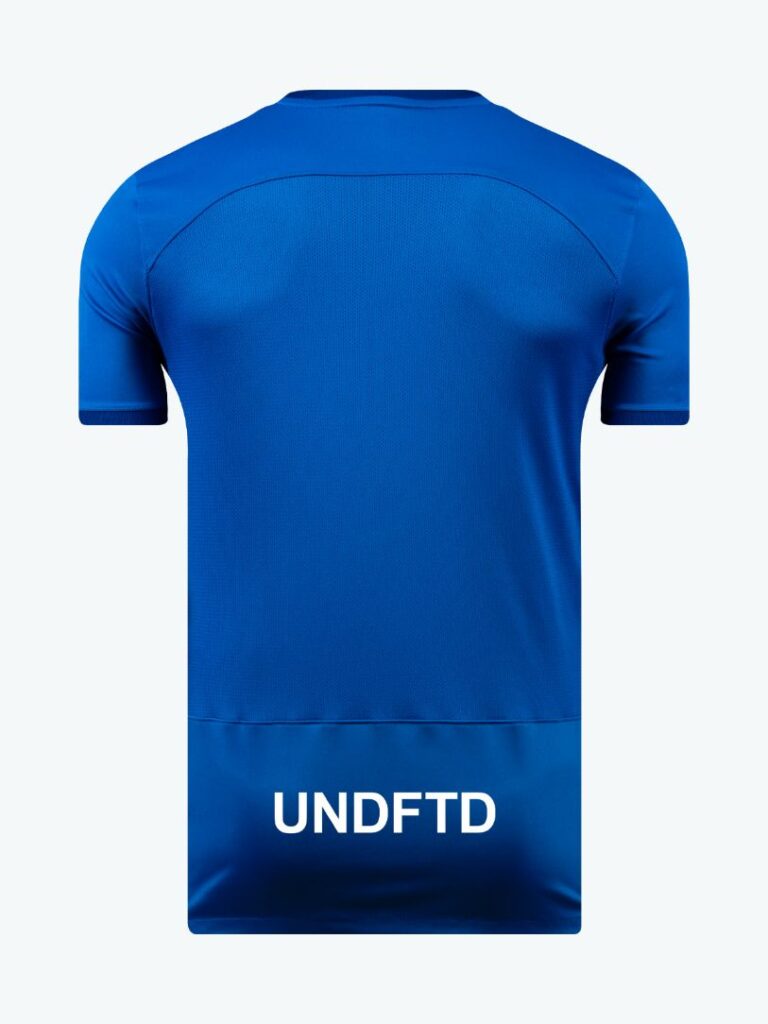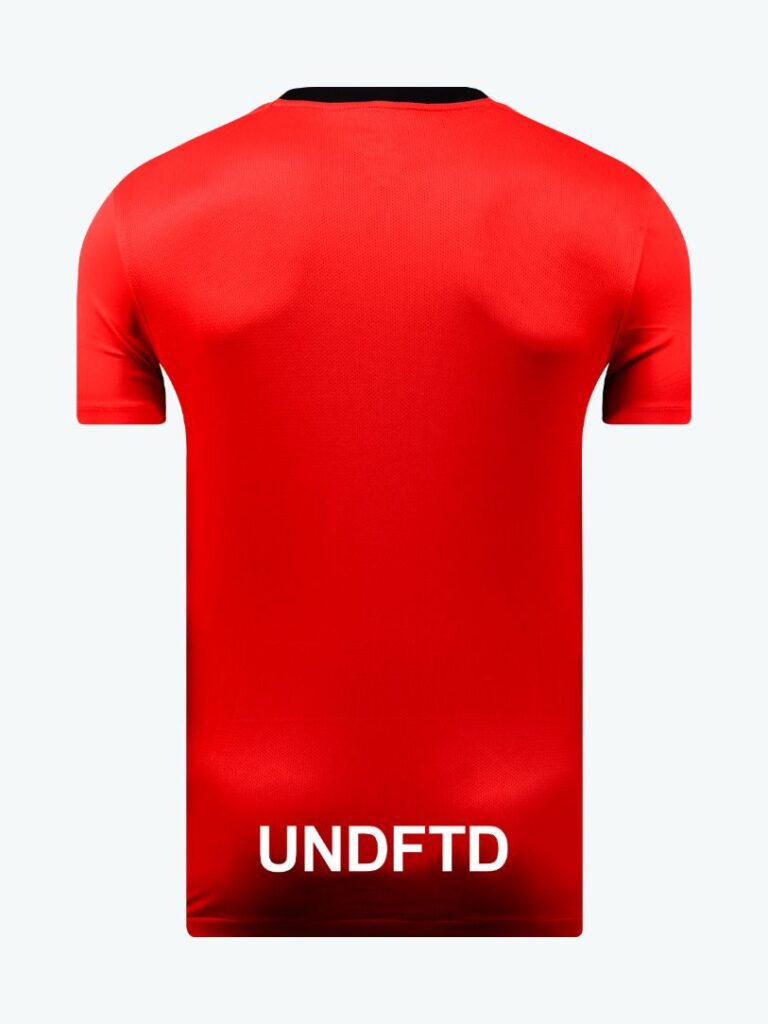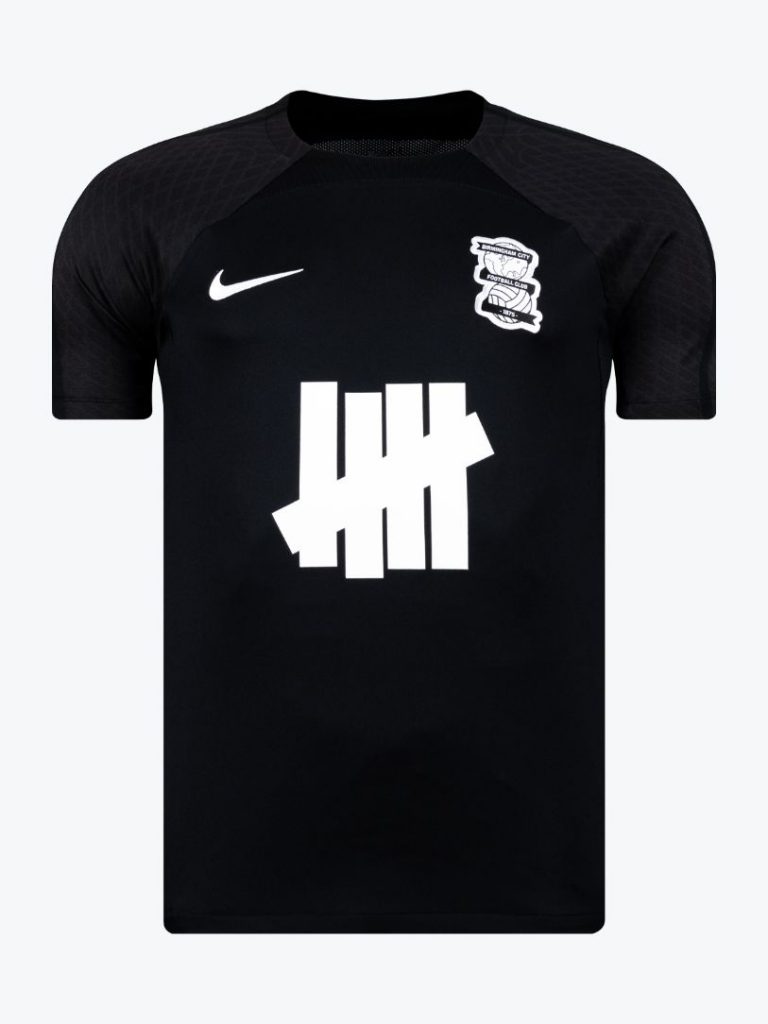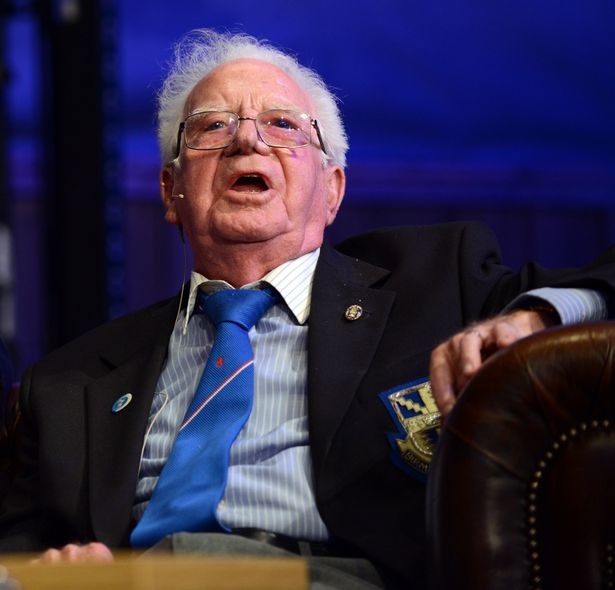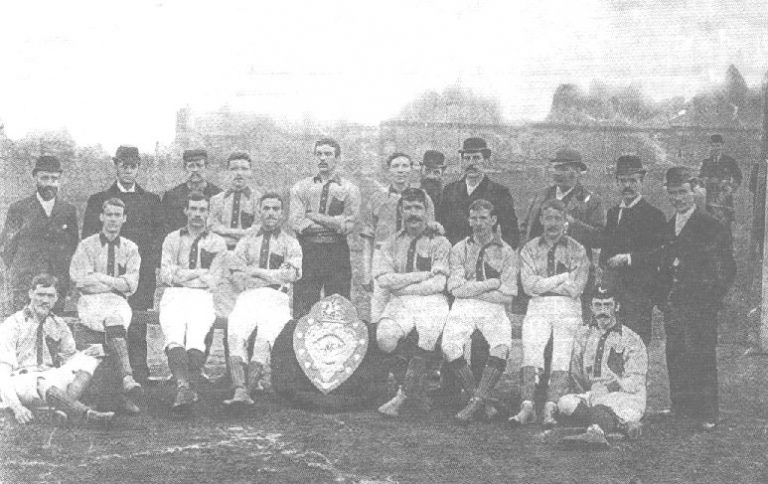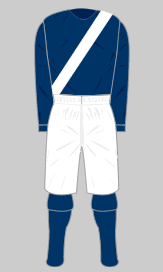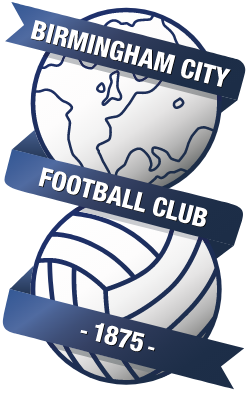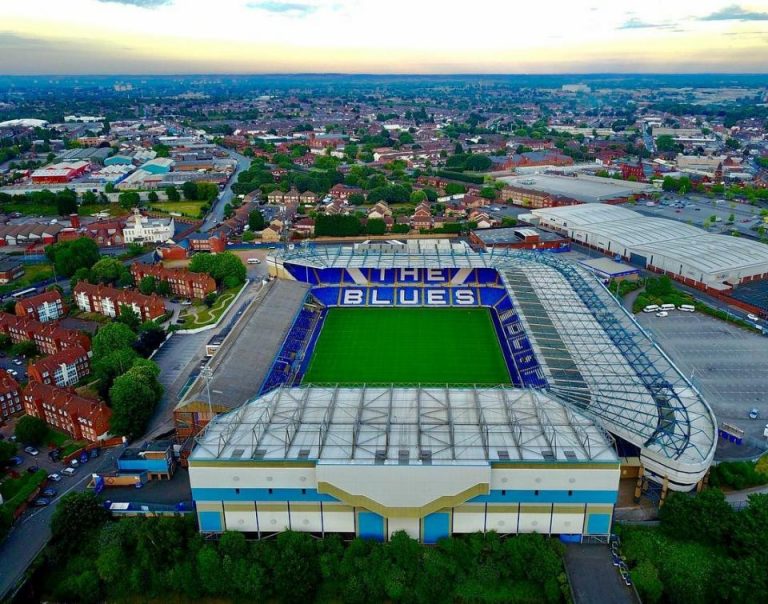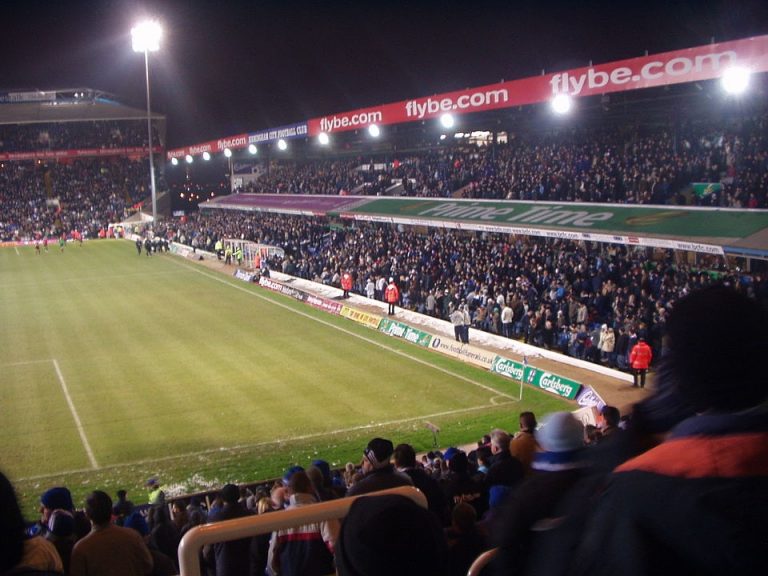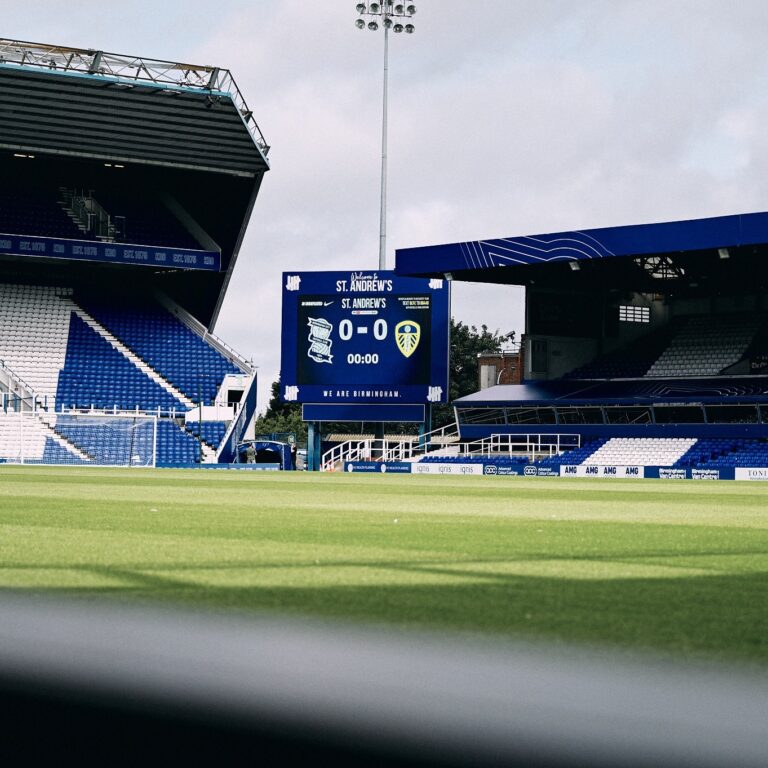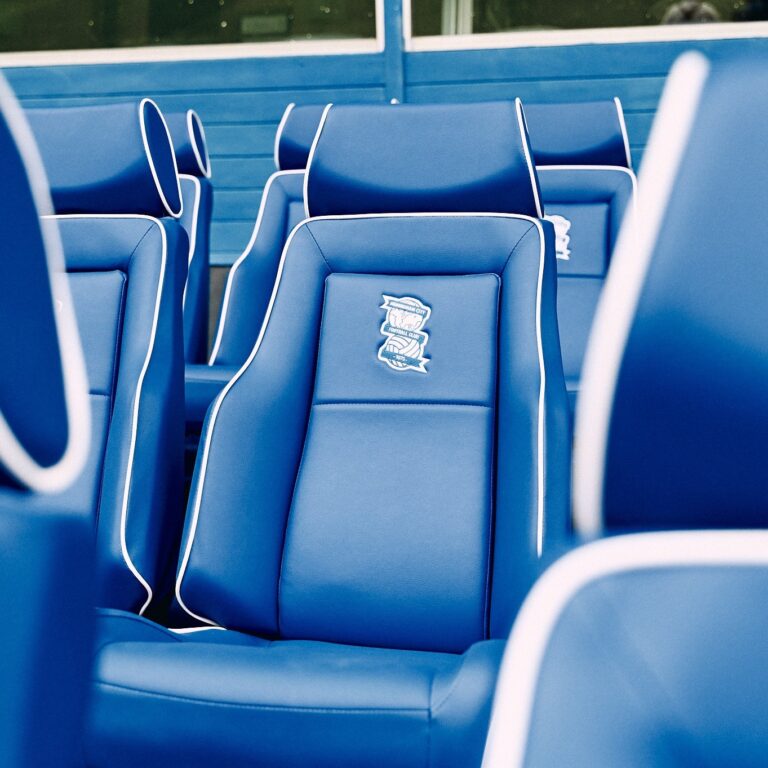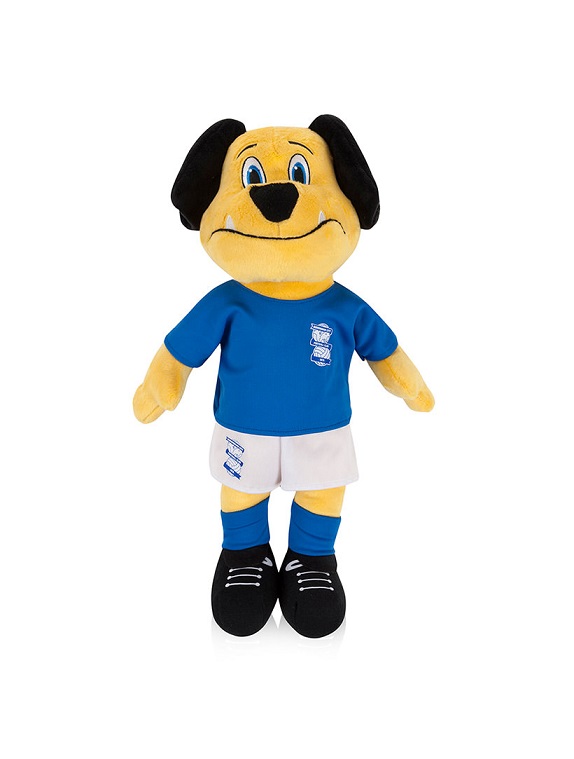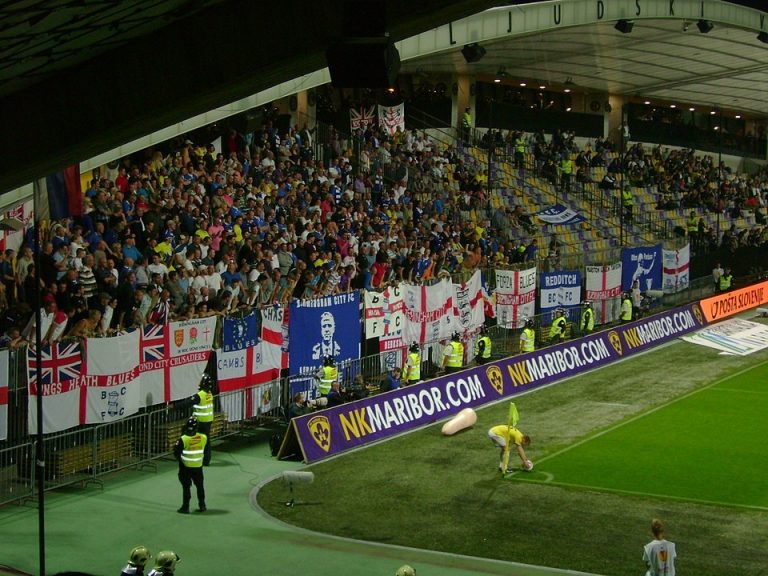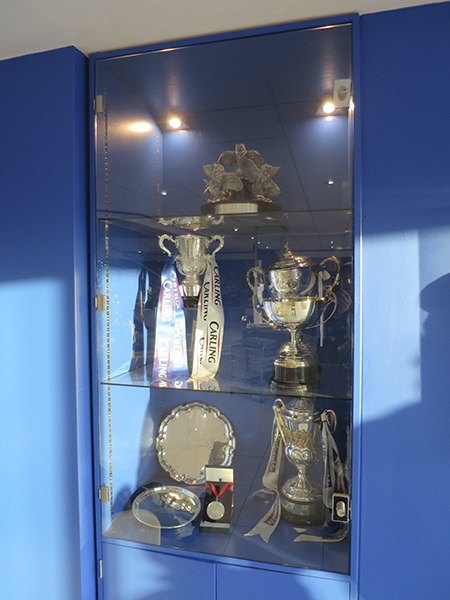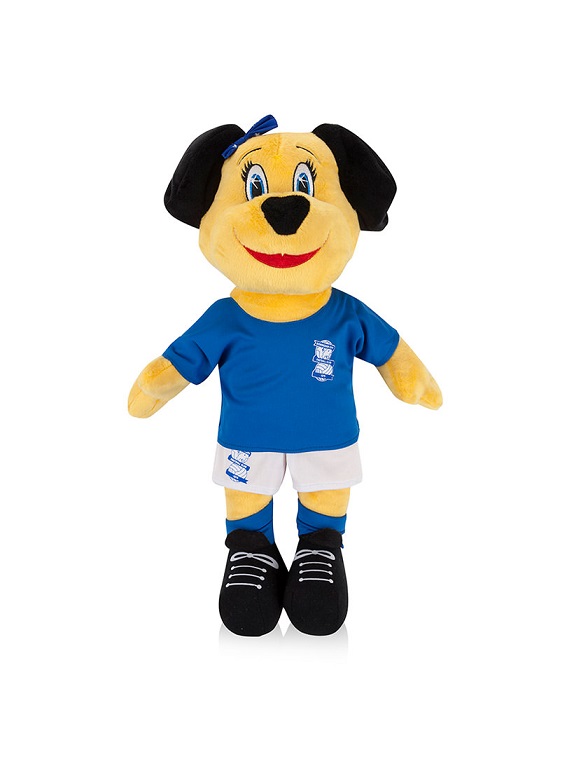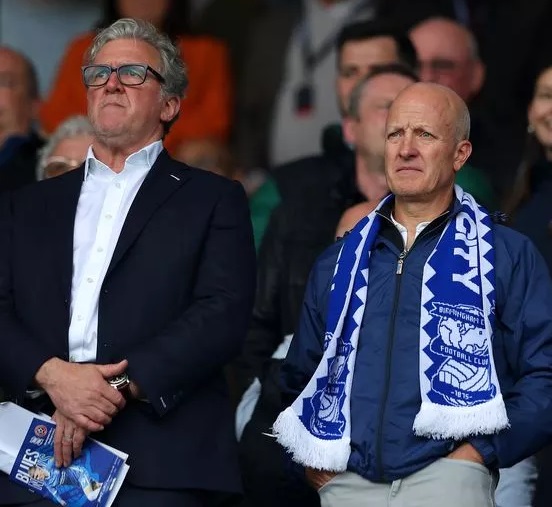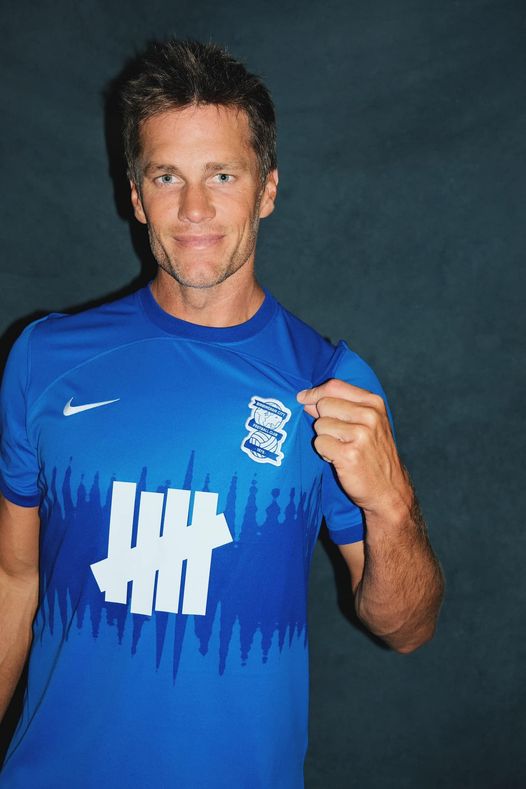
There is only one team in Birmingham worth supporting with true passion and Birmingham City is it. I have been supporting them since 1978 when Jim Smith was the manager. He is my favourite manager to date. I am a blue nose ’til I die.
You can read lots more about Blues by clicking here.
Click here to see all the summer transfers for the 2023/24 season.
First Team Squad: 2023 – 2024 Season
Click on the player’s name to read their profile. This will take you to Birmingham City’s official website.
Goalkeepers
Number 1: Neil Etheridge.
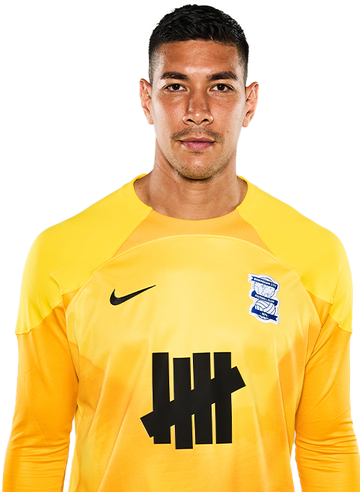
Read more about Etheridge here.
Number 21: John Ruddy.
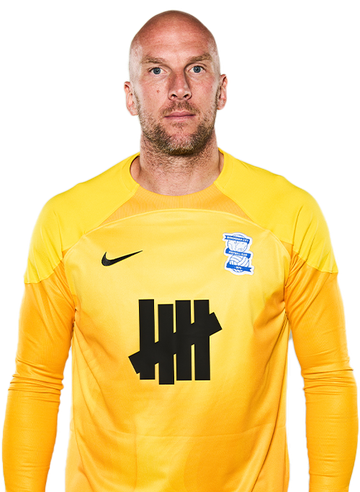
Read more about Ruddy here.
Defenders
Number 2: Ethan Laird.

Read more about Laird here.
Number 3: Lee Buchanan.

Read more about Buchanan here.
Number 4: Marc Roberts.

Read more about Roberts here.
Number 5: Dion Sanderson.

Read more about Sanderson here.
Number 12: Cody Drameh (On Loan).

Read more about Drameh here.
Number 18: Josh Williams.
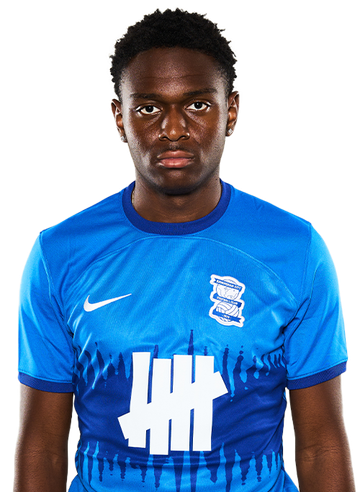
Read more about Williams here.
Number 23: Emmanuel Longelo.
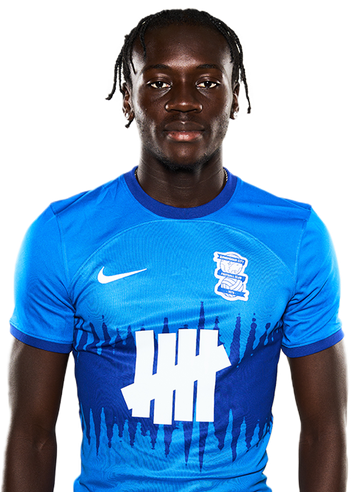
Read more about Longelo here.
Number 44: Emmanuel Aiwu (On Loan).

Read more about Aiwu here.
Midfielders
Number 6: Krystian Bielik.

Read more about Bielik here.
Number 7: Juninho Bacuna.

Read more about Bacuna here.
Number 11: Koji Miyoshi.

Read more about Miyoshi here.
Number 13: Paik Seung-ho.

Read more about Seung-ho here.
Number 14: Keshi Anderson.

Read more about Anderson here.
Number 15: Alfie Chang.

Read more about Chang here.
Number 16: Andre Dozzell (On Loan).

Read more about Dozzell here.
Number 17: Siriki Dembele.

Read more about Dembele here.
Number 19: Jordan James.

Read more about James here.
Number 20: Gary Gardner.

Read more about Gardner here.
Number 29: Alex Pritchard.

Read more about Pritchard here.
Number 34: Ivan Sunjic.

Read more about Sunjic here.
Number 35: George Hall.

Read more about Hall here.
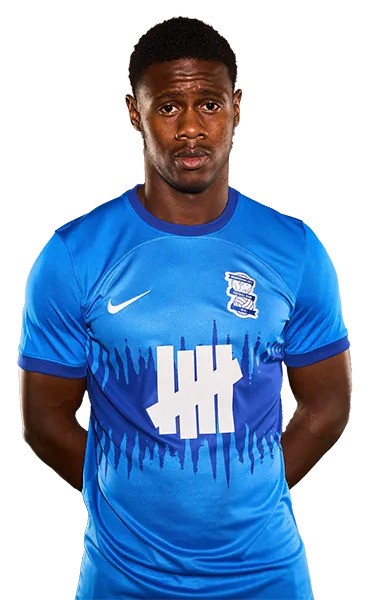
Number ?: Tate Campbell.
Read more about Campbell here.
Forwards
Number 8: Tyler Roberts.

Read more about Roberts here.
Number 9: Scott Hogan.

Read more about Hogan here.
Number 10: Lukas Jutkiewicz.

Read more about Jutkiewicz here.
Number 28: Jay Stansfield (On Loan).

Read more about Stansfield here.
Number 45: Oliver Burke (On Loan).

Read more about Burke here.
Retained And Released List: The End Of The 2023 – 24 Season
The Club confirmed on the 18th of May, 2024 their list of retained and released players following the conclusion of the 2023/24 season.
Five of the Men’s First Team squad have been released. These are Neil Etheridge, Gary Gardner, Scott Hogan, Marc Roberts and Ivan Sunjic.
New contracts have been offered to Lukas Jutkiewicz and John Ruddy.
A contract extension has been activated for Keshi Anderson.
A further seven young professionals have been released. Oliver Basey, Tate Campbell, Marcel Oakley, Rico Patterson, Callum Sullivan, Finley Thorndike and Kieran Wakefield will all leave Birmingham City following the expiration of their contracts.
Third-year scholars Morgan Dance and Pharrell Williams have also been released.
Five players have returned to their parent clubs. These are Emanuel Aiwu, Oliver Burke, Andre Dozzell, Cody Drameh and Jay Stansfield.
Options in the Club’s favour have been exercised for Junior Dixon, Laiith Fairnie, Harley Hamilton, Sahid Kamara and Femi Olofinjana.
Rico Browne and Brad Mayo have been offered professional terms for next season.
All second-year scholars have been offered pro contracts, with further details to be confirmed during the close season.
The following players all remain under contract:
Keshi Anderson, Juninho Bacuna, Ben Beresford, Krystian Bielik, Lee Buchanan, Alfie Chang, Junior Dixon, Siriki Dembele, Romelle Donovan, Laiith Fairnie, Tommy Fogarty, George Hall, Harley Hamilton, Josh Home, Jordan James, Sahid Kamara, Brandon Khela, Ethan Laird, Emmanuel Longelo, Koji Miyoshi, Femi Olofinjana, Byron Pendleton, Paik Seung-ho, Alex Pritchard, Tyler Roberts, Dion Sanderson, Josh Williams.
To all those leaving Blues I just want to thank them for their time at the club and wish them good luck and success for the future.
Any further squad news from now on will be dealt with on a separate page for the new season.
Blog Posts
Birmingham City: A New Era Begins.
Birmingham City: A Tribute To Trevor Francis.
Birmingham City: Blues Are Sadly Relegated To League One.
Birmingham City: Blues History.
Birmingham City: Fixtures, Results And Goal Scorers For The 2023/24 Season.
Birmingham City: Gary Rowett, Paul Robinson And Dave Carolan Return To Steady The Ship For Blues.
Birmingham City: January Transfers For The 2023/24 Season.
Birmingham City: Keep Right On To The End Of The Road.
Birmingham City: Kits For The 2023/24 Season.
Birmingham City: My First Home Game Of The 2023/24 Season.
Birmingham City: Staff For The 2023/24 Season.
Notes And Links
The Birmingham City club logo shown at the top of this page is the copyright of Birmingham City F.C. and came from their social media pages. The images below are also copyright of them and are from their official website. The subsequent information is from there too and anything else is from Wikipedia.
Wikipedia content is subject to change.
Birmingham City F.C. – Official website.
Birmingham City on Facebook – This is their official Facebook page.
Birmingham City on Twitter – This is their official Twitter page.
Birmingham City on YouTube – This is their official YouTube page.
Blues Store Online – Birmingham City’s official club store online.


